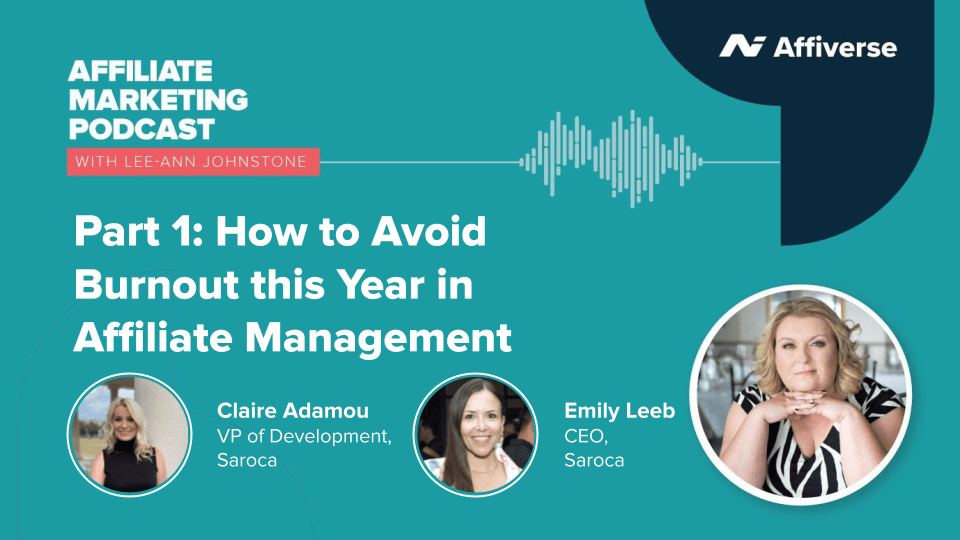More of the users are spending more and more time online. They are finding items they want to buy on social media, researching brands they want to buy from on social media, and they are even starting to buy their items directly from social media.
This means it is more important than ever for marketers and brands to really nail down their social media strategy.
It might seem simple but considering the ever-changing state of social media and the internet in general, it’s important that we get a refresher on the basics every now and then.
The team at MaySocial has put together a helpful infographic on creating your social media strategy, but it is just a little simplistic. We’re going to pull out the details of the subject so that you are as informed as possible on how to make your mark on social media.
1. Determine goals and objectives
You’re not going to achieve any goals if you don’t have any, and it’s important to keep them specific. Don’t go for the vague goal of wanting to get attention or customers. Aim for specificity and measurable goals.
Put together a list of key performance indicators or KPIs and assign them each a rating of success based on ROI. How many followers are on an account, how many likes are on a post, how many sales, etc.
2. Put together a winning team
It’s time for the Ocean’s Eleven team-up montage, only instead of hackers and distracters, you’re looking for a diverse team made up of social media marketers, customer service operators, support, sales, accounting, etc.
Even amongst the social media marketers, you’ll need a few different heads. Depending on where you intend to post, you’ll need copywriters, photographers, and other content creators, as well as data analysts and social media managers for your accounts. A few of these roles can be consolidated into one if needs be
3. Understand your audience
Nailing down a demographic isn’t as simple as making shampoo for women rather than men. Within that very vague demographic of “women,” you’ll have a range of contributing factors as to whether or not these women buy your shampoo, including income, priorities for their hair, whether the item is cruelty-free, whether it would help their hair, etc.
It can be helpful to create a profile of your demographic. What might they prioritise when they are looking at your product, what class they are, where they are from, what they are doing with their day, where might your item fit in that day, etc.
From there, you can more effectively create an affiliate marketing program, and target content creators, blogs, etc. that would appeal to that demographic.
4. Look and listen
This is where your data analyst comes in handy. You will need to look at your own analytics and assess your social media accounts, and then compare it with similar brands out there. These brands can be in your industry or not, targeting your demographic or not. What are they doing that is working? Is there anything innovative that you can try? Can you spot things to avoid amongst their public content? Look at the engagement on the content and social media accounts to see what the response is like.
5. Choose a platform
Tailor the choice on what platform to post on around what your brand is trying to say, what content you intend to put out, and where your demographic is likely to be thickest. For example, Facebook is going through a crisis of rapidly losing younger audiences, so your attempts to sell toys might go unnoticed – unless you target parents of course.
There are a lot of platforms out there with different demographics, so don’t just stick to Facebook, Instagram, and Twitter. Look at TikTok, Snapchat, Wattpad, Tumblr, Reddit, Pinterest, and more.
6. Create a content plan and calendar
It’s important that you post regularly so that your audiences stay engaged and your content isn’t hidden by platforms that think you are being sporadic with your posting. On top of that, it’s important that you have content ready for every occasion. You’re going to want to hit holidays with content, relevant events to your industry or demographic, and a number of other things that are time-sensitive.
It would be helpful to set up a calendar so that you can plan out any content you intend to post in a schedule and see any important holidays coming.
7. Monitor, engage, analyse, repeat
Through a process of identifying your best content, connecting with your demographic, tracking data, and adjusting your content accordingly, you will see improvements in your social media strategy.
If you’re interested in more social media marketing advice, take a look at our blog, where we cover everything from affiliate marketing to deep dives into SEO. Or you can book a free call with a member of our team for a more personalized approach.























